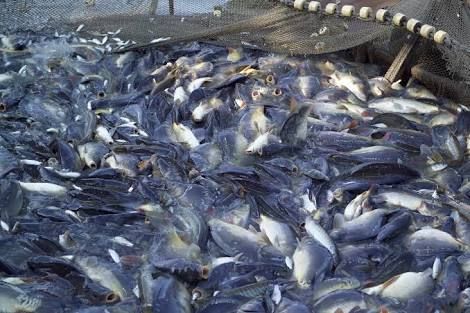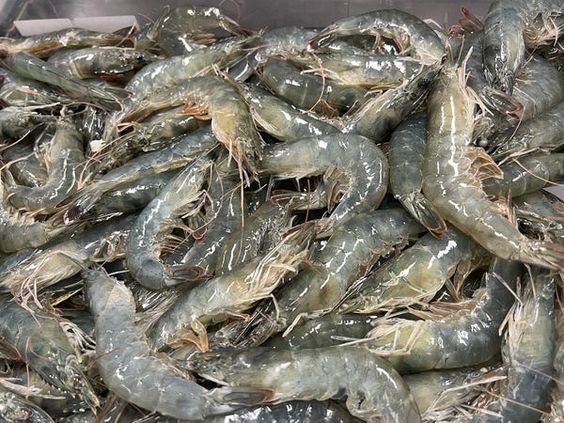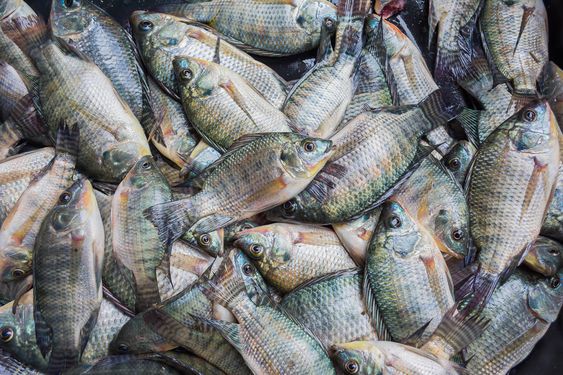Innovative Pond Fishery: Redefining Sustainable Aquaculture
Innovative Pond Fishery world’s hunger for seafood is growing, but traditional fishing methods are pushing wild fish populations to the brink. Aquaculture, the farming of fish, offers a solution, but conventional practices can be environmentally taxing. Innovative pond fishery emerges as a game-changer, revolutionizing aquaculture with a focus on sustainability, efficiency, and diversification.
Contents
Challenges of Traditional Aquaculture
While aquaculture has helped bridge the gap between seafood demand and dwindling wild stocks, it faces its own set of challenges:
- Environmental Impact: Intensive fish farming can pollute waterways with excess nutrients from fish waste and uneaten food. Antibiotics used to combat diseases can also harm surrounding ecosystems.
- Resource Dependence: Conventional aquaculture often relies heavily on fishmeal and fish oil for feed, creating an unsustainable cycle.
- Limited Species Diversity: Many farms focus on a few commercially valuable species, neglecting the potential of other aquatic organisms.
The Rise of Innovative Pond Fishery
Innovative pond fishery addresses these issues by mimicking natural ecosystems within controlled pond environments. Here’s how it redefines sustainable aquaculture:
- Closed-Loop Systems: These systems minimize waste by recycling nutrients. Fish waste is used to cultivate plants or feed other organisms within the pond, creating a circular ecosystem.
- Integrated Multi-Trophic Aquaculture (IMTA): This approach combines fish farming with other aquaculture sectors like seaweed or shellfish cultivation. Different organisms utilize nutrients from each other’s waste, creating a more efficient and balanced system.
- Aquaponics: This integrates fish farming with hydroponics (growing plants without soil) in a symbiotic relationship. Fish waste provides nutrients for plants, while plants help filter the water for the fish.
- Biofloc Technology: This method encourages the growth of beneficial microbes in the pond. These microbes consume organic matter like fish waste, improving water quality and potentially serving as an additional food source for the fish.
Benefits of Innovative Pond Fishery
Innovative pond fishery offers a multitude of advantages over traditional methods:
- Environmental Sustainability: Closed-loop systems reduce water pollution and minimize the need for antibiotics. Integration with other organisms creates a more natural balance within the pond.
- Reduced Reliance on External Inputs: By utilizing waste products and cultivating natural food sources, innovative pond fishery reduces its dependence on external resources like fishmeal and fish oil.
- Increased Efficiency: These systems optimize resource utilization and minimize waste, leading to higher production with lower environmental impact.
- Species Diversification: IMTA and other techniques allow for the cultivation of a wider variety of fish, shellfish, and aquatic plants, promoting biodiversity.
Examples of Innovative Practices
Let’s explore some real-world examples of innovative pond fishery in action:
- Shrimp-Seaweed Farming: Seaweed readily absorbs nutrients from shrimp waste, improving water quality and providing a valuable co-product.
- Carp-Tilapia-Vegetable Integration: These fish species have different feeding habits, utilizing various parts of the pond ecosystem. Plants further filter the water and provide additional food sources.
- Aquaponic Lettuce with Tilapia: Lettuce thrives on the nutrients from tilapia waste, while the plants help purify the water for the fish.
The Future of Innovative Pond Fishery
Innovative pond fishery holds immense promise for the future of sustainable seafood production. As research and development continue, we can expect to see even more advancements in this field:
- Automation and Monitoring: Integrating sensors and automation can further optimize resource use and pond management.
- Disease Resistance: Developing disease-resistant fish breeds can reduce reliance on antibiotics and improve overall pond health.
- Consumer Awareness: Educating consumers about the benefits of innovative pond fishery can drive demand for sustainably produced seafood.
By embracing innovative pond fishery practices, we can create a future where aquaculture thrives in harmony with the environment, providing a secure and sustainable source of protein for generations to come.
Conclusion Innovative pond fishery offers a compelling vision for a future where aquaculture is environmentally responsible, economically viable, and contributes to a secure and sustainable food supply. By embracing these cutting-edge techniques, we can ensure that future generations can continue to enjoy the bounty of our ponds while safeguarding the health of our planet






